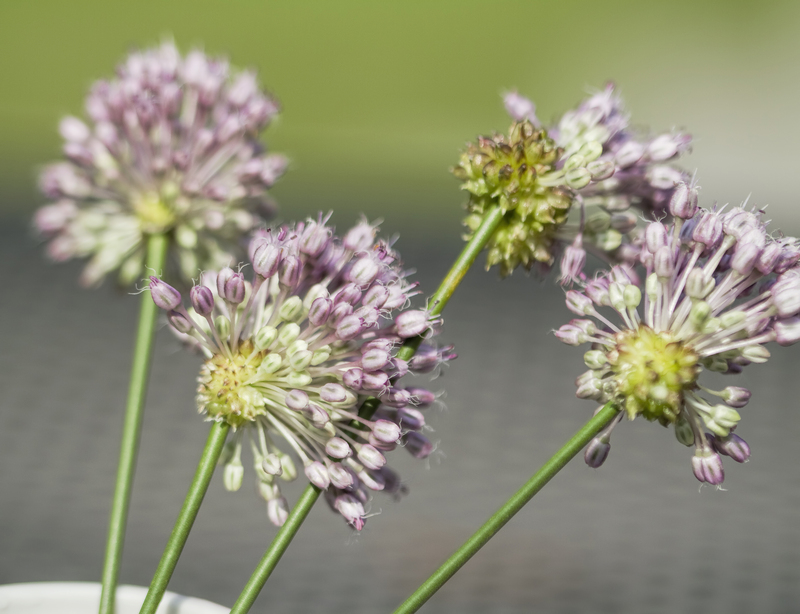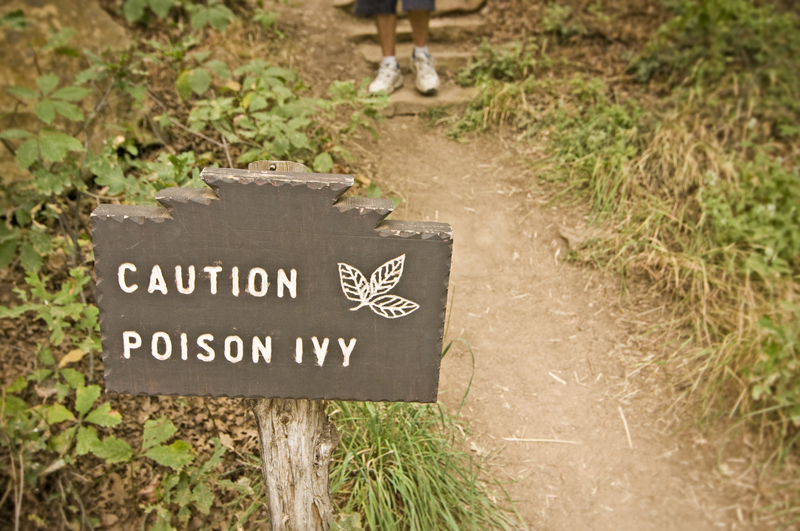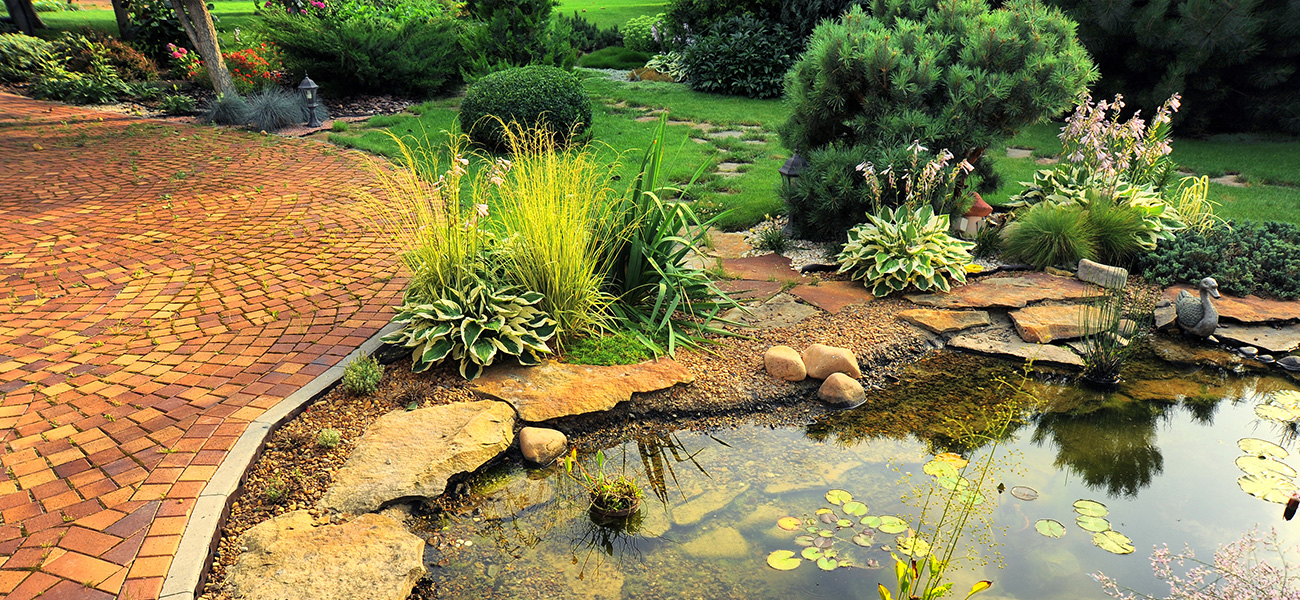Defend Your Garden Plants from Winter's Harshness
Posted on 20/06/2025
Defend Your Garden Plants from Winter's Harshness: A Comprehensive Guide
As winter approaches, many gardeners begin to worry about the survival of their treasured plants. Colder temperatures, frost, snow, and biting winds can wreak havoc on gardens. The good news? With proactive strategies, you can defend your garden plants from winter's harshness and help them emerge healthy when spring arrives. In this guide, you'll discover everything you need to know about protecting your garden from winter's worst, using tried-and-true gardening advice and industry insights.

Understanding the Risks of Winter for Garden Plants
Winter in many regions brings freezing temperatures, fluctuating moisture levels, and harsh winds--all of which pose significant threats to even the hardiest garden plants. Knowing exactly what your plants are up against is the first step in keeping them safe.
What Damage Can Winter Cause?
- Frost Damage: Freezes can rupture plant cells, leading to wilted or blackened foliage.
- Root Injury: Extended periods of freezing can kill delicate roots, especially in shallow-rooted plants.
- Desiccation: Dry winter winds can strip moisture from plant leaves and stems, causing dehydration.
- Breakage: Heavy snow or ice accumulation may snap brittle branches and collapse weaker stems.
- Rodent and Pest Activity: Mice, voles, and rabbits often chew bark or roots when food is scarce.
Choosing Plants Well-Suited to Your Climate
One of the most effective ways to protect garden plants from winter damage is to select plant species that naturally tolerate cold. Research your region's USDA Hardiness Zone and choose varieties that thrive within it. Native plants and cultivars labeled as 'hardy' are your best bet for winter resilience.
- Evergreen Conifers: Pines, junipers, and spruces resist both cold and wind.
- Winter-Blooming Shrubs: Witch hazel and winter jasmine add cheer and withstand chill.
- Dormant Perennials: Many perennials, such as daylilies and hostas, naturally die back and you can mulch over them for extra protection.
Preparing Your Garden Before Winter Arrives
Early preparation is key to defending your garden plants from winter's ruthlessness. Start by assessing your entire garden in late autumn. Remove dead foliage, weed aggressively, and apply a broad-spectrum mulch to maintain an insulating barrier for roots.
Essential Pre-Winter Gardening Tasks
- Clean Up Debris: Remove fallen leaves, dead stems, and any diseased material to prevent overwintering pests and pathogens.
- Prune Judiciously: Trim dead or weak branches from trees and shrubs, but avoid heavy pruning which may encourage tender new growth susceptible to cold.
- Divide and Transplant: Move perennials or new shrubs while the ground is still workable and before the frost sets in.
- Install Supports: Place stakes or cages around vulnerable plants to help them stand up to snow and ice.
Mulching Techniques: Your First Line of Defense
*Mulching is perhaps the single most effective method for safeguarding your garden from winter extremes.* A generous, well-chosen mulch insulates the soil, prevents temperature swings, and keeps vital moisture in, all essential for winter plant survival.
Types of Mulch for Winter Protection
- Organic Options: Straw, shredded leaves, pine needles, bark chips, and compost all add insulation and gradually enrich the soil.
- Inorganic Options: Stones, gravel, or landscape fabric may be used for certain plantings, especially in high-wind areas.
Apply a 2-4 inch layer of your chosen mulch around trees, shrubs, and perennial beds. For especially vulnerable plants, create "mulch mounds" at the base to reinforce the root zone.
Protecting Delicate and Potted Plants
Certain flowers, shrubs, and container plants will always require a little extra TLC to shield them from winter's harshest conditions. Defend garden plants in pots by moving them to protected locations, such as an unheated garage, shed, or against your home's south-facing wall.
Winterizing Potted Plants
- Group Containers Together: Cluster pots to conserve warmth and shield from wind.
- Elevate Off the Ground: Raising containers prevents freezing from below and aids drainage.
- Wrap in Burlap or Bubble Wrap: Insulate the pots and exposed soil for added frost protection.
- Water Before Deep Freezes: Hydrated soil holds warmth better, but avoid soggy conditions.
*Remember*: Terra cotta and ceramic pots are prone to cracking during freezes. Either move these inside or insulate them thoroughly.
Using Covers and Cloches for Extra Protection
When frost is imminent, physical barriers are invaluable for shielding garden plants from winter weather. Garden "blankets," cloches, and row covers are easy solutions for overnight or seasonal use.
- Frost Cloths & Blankets: Lightweight, breathable fabric prevents frost from settling on tender growth.
- Cloches: Glass or plastic domes placed over individual plants create a mini greenhouse effect.
- Cold Frames: Hinged, glazed boxes can house multiple low-growing plants or seedbeds through the winter.
- Row Covers: Use spun-bonded fabric over hoops to protect vegetable beds and delicate perennials.
Install coverings in the afternoon before a cold night and remove them during sunny days to prevent overheating or fungal problems.
Minimizing Wind and Snow Damage in Your Garden
Wind and snow can be as hazardous as cold for your plants. Consider building windbreaks or snow fences from stakes and burlap to protect exposed beds. Position these to deflect prevailing winter gales, especially for evergreens and broadleaf shrubs.
- Harvest Heavy Snow: Carefully brush or shake snow off branches after a storm to prevent breakage.
- Create Wind Barriers: Plant dense hedges or use temporary screens to reduce desiccating winds.
- Tie Up Branched Shrubs: Use soft ties or twine to gently bundle upright shrubs, minimizing snow and ice buildup.
Dealing with Ice, Road Salt, and Urban Challenges
In urban gardens or landscapes near roads, ice and salt add new perils:
- Redirect Runoff: Prevent salted water from accumulating around plant roots by ensuring proper garden drainage.
- Physical Barriers: Erect short fences or boards to shield plants from traffic and salted snow deposits.
- Rinse in Early Spring: As snow melts, use a hose to flush salt from the soil around sensitive plants.
Choose salt-tolerant species for spots that you already know are exposed to salt spray or runoff.
Watering Wisely Through the Winter
Many gardeners mistakenly stop watering as soon as temperatures drop, but some plants--especially evergreens--need moisture during winter. If your region experiences a dry winter, soak the soil during warm spells. Well-watered plants are less likely to suffer from winter burn and dehydration.
- Morning Watering: Apply water in the morning so that excess has time to drain before nightfall, reducing the risk of freeze-thaw damage.
- Avoid Waterlogging: Ensure beds and containers have excellent drainage to prevent roots from rotting during thaws.
Defending Against Rodents and Pests During Winter
Winter forces rodents, rabbits, and insects to seek shelter and food--often in your garden. Protect garden plants from hungry critters with physical barriers and repellents:
- Hardware Cloth: Wrap a cylinder of fine mesh around tree trunks and shrubs to stop gnawing animals.
- Repellent Sprays: Apply commercial repellents made from hot pepper, garlic, or predator scents.
- Remove Attractive Cover: Keep grass trimmed and clear away dense brush that harbors rodents.
Winter Garden Maintenance and Monitoring
Once your garden is prepared, don't neglect it through the winter months. Regular inspections will help you catch problems early and take corrective action.
- After Heavy Snow: Look for broken branches and trim damaged wood cleanly.
- Check Mulch and Covers: Reapply mulch as needed and adjust covers if winds blow them aside.
- Survey for Pests: Inspect mulch and roots for signs of rodent activity or disease.
A little vigilance goes a long way in defending your garden through the toughest part of the year!
Planning for Spring: Recovery and Renewal
As winter fades, additional care can help your garden rebound quickly:
- Remove Mulch Gradually: As temperatures stabilize, gently pull mulch away from plant crowns to prevent rot.
- Feed Plants: Apply balanced fertilizer just as new growth appears.
- Prune Away Winter Damage: Cut back any frost-killed stems or damaged branches to encourage healthy regrowth.

Frequently Asked Questions
How can I defend my garden plants from sudden frosts?
Use frost blankets, row covers, or inverted buckets to shelter vulnerable plants overnight. Moving potted plants indoors or to a sheltered location before cold snaps also helps.
Which plants need the most protection from winter?
Tropical plants, young seedlings, potted plants, and late-season additions are most at risk. Always provide extra insulation or move delicate species indoors.
Can I use plastic sheets to cover my plants in winter?
Plastic retains heat but may trap moisture and cause plant rot if not removed during sunny days. Use breathable fabrics whenever possible, or ensure daily ventilation to prevent plant stress.
Conclusion: Stay One Step Ahead of Winter's Harshness
Defending your garden plants from winter's harshness is a combination of planning, protection, and regular maintenance. Choose your plant species wisely, prepare your beds thoroughly, use mulch and covers where needed, and be vigilant against pests and climate extremes. By following these guidelines, you will not only preserve your plants through cold months but position your garden for spectacular spring growth. Your efforts today ensure lush, healthy plants tomorrow--no matter how harsh the winter may be.
Start preparing now to defend your garden plants from winter's worst, and enjoy a thriving, beautiful garden year-round!

